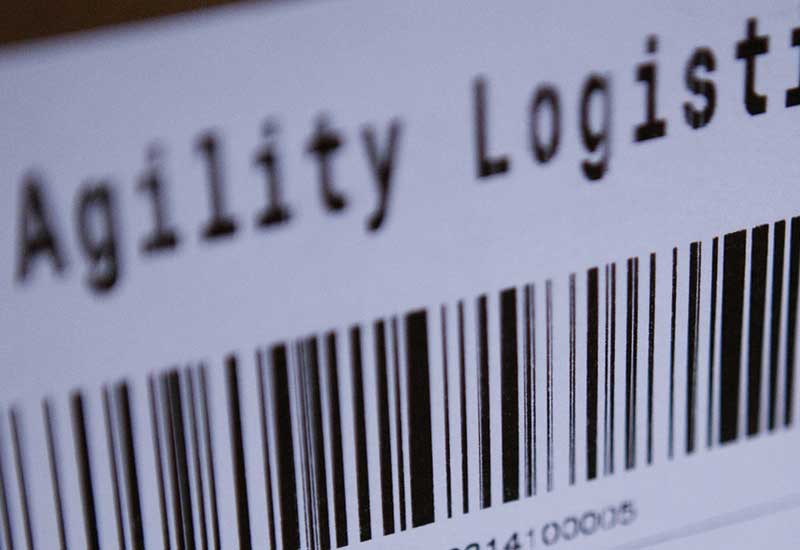

Agility announced its financial results for the second quarter of 2015, reporting a net profit of KWD13.5 million (US$44.6 million), an increase of five per cent compared to the second quarter of 2014. EBITDA stands at KWD 25.5 million, a one per cent increase compared to Q2 of 2014.
“The global logistics market is a mixed bag in terms of growth, with continued sluggishness in China and Europe; and ongoing pressure on rates,” said Tarek Sultan, Agility’s CEO. “In this environment, we are pleased to report that Agility continues to post steady growth in profitability.”
Agility’s Global Integrated Logistics business continues to drive margin expansion through commercial transformation, financial discipline, and productivity improvements powered by technology, Sultan added.
Revenue for Agility Global Integrated Logistics (GIL) for the second quarter of 2015 was KD 259.0 million, a four per cent decrease from Q2 of 2014; GIL’s revenues were negatively impacted by currency volatility. Adjusted at constant currency rates, GIL revenues have decreased by one per cent compared to the same period last year. This slight revenue decline is a result of the general logistics market performance and also the planned end of some large contracts, Agility said.
The freight forwarding market showed mixed performance in the second quarter of the year relative to the beginning of the year, with a softer air freight market and consistent ocean freight market. The contract logistics market, especially in emerging economies, continues to grow Agility added. This growth in contract logistics demand, coupled with improved yields in Agility’s air freight business, and better commercial disciplines, has resulted in margin expansion within GIL. Net revenue has increased by one per cent (adjusted at constant currency rates: +3 per cent), with margins expanding from 24 per cent in Q2 2014 to 25 per cent in Q2 2015.
Looking ahead Sultan said: “The external market environment will continue to be a challenge for the foreseeable future with economic growth slowing in some countries, but improving in others. While we cannot control these external factors, we will be strategic in our investment choices, focusing on countries, verticals, and products that have long-term potential.
“We will also continue to drive internal transformation efforts to operate more effectively and profitably, within individual businesses and asa company overall,” added Sultan.








